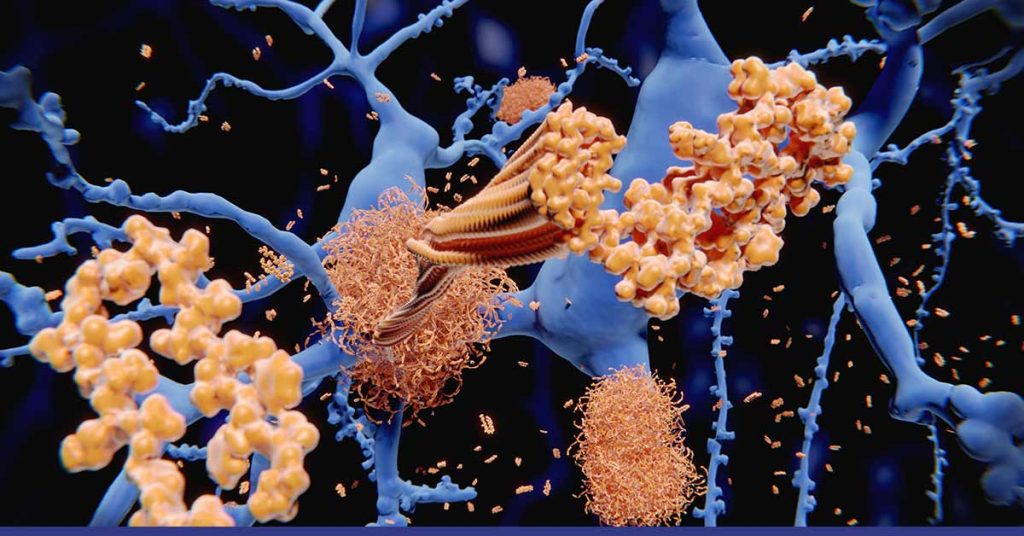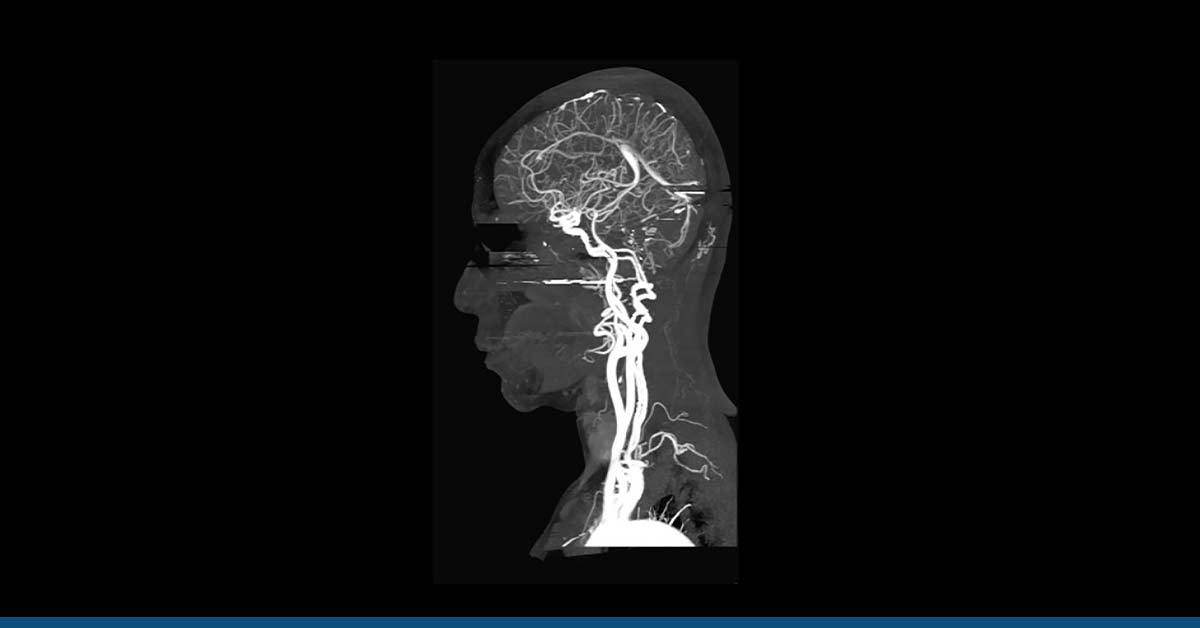Table of Contents
ToggleIntroduction
Small myelinated and nonmyelinated sensory and autonomic fibers are particularly susceptible to amyloid neuropathy, a length-dependent polyneuropathy.
The typical symptoms start with neuropathic pain, tingling, and numbness in the foot and progress length-dependently to diminished sensitivity and weakening. Amyloid neuropathies advance mercilessly, unlike the majority of peripheral neuropathies.
Almost all patients have weakness in the distal lower extremities upon assessment two years following the onset of symptoms.
In simple terms, amyloid neuropathy is the abnormal build-up of amyloid protein in organs that hinder their function.
Indistinguishable from frequent causes of distal symmetric polyneuropathy, amyloid neuropathy can also manifest with modest and large sensory nerve fiber involvement and minimal or no autonomic symptoms (e.g., diabetes or idiopathic polyneuropathy).
Symptoms of Amyloid Neuropathy
Amyloid neuropathy symptoms may not appear until much later in the disease’s progression. Depending on which organs are impacted, symptoms may change. Amyloid neuropathies symptoms and signs can include:
- extreme weakness and weariness
- breathing difficulty
- tingling, numbness, or discomfort in the hands or feet
- the legs and ankles becoming swollen
- constipation or maybe bloody diarrhea
- a protruding tongue that occasionally appears to have ripples on its margin.
- Purplish patches under the eyes and thickening or easy bruising are examples of skin alterations.
Causes of Amyloid Neuropathy
There are numerous varieties of amyloid neuropathies. Some types run in families. External causes like chronic dialysis or inflammatory illnesses bring others on. Several kinds impact several organs. Others merely impact a certain area of the body. Various forms of amyloidosis include:
- AL amyloidosis: This form of amyloidosis is the most prevalent in wealthy nations. Primary amyloidosis is another name for AL amyloidosis. Typically, the heart, kidneys, liver, and nerves are affected.
- AA amyloidosis: Another name for this kind is secondary amyloidosis. It is typically brought on by an inflammatory condition, like rheumatoid arthritis. The kidneys, liver, and spleen are the organs most frequently impacted.
- Hereditary amyloidosis: This genetic illness frequently impacts the kidneys, heart, and nerves. It often occurs when a protein is produced abnormally by your liver. Transthyretin is the name of this protein (TTR).
- Wild-type amyloidosis: It has also been referred to as senile systemic amyloidosis. It happens when the liver’s production of the TTR protein, which is normally produced, creates amyloid for unclear reasons. Men over 70 are more likely to have wild-type amyloidosis, which frequently affects the heart. Carpal tunnel syndrome may develop from it.
- Localized amyloidosis: The prognosis for this kind of amyloidosis is frequently better than others affecting various organ systems. Localized amyloidosis frequently affects the bladder, skin, esophagus, or lungs. A proper diagnosis is necessary to prevent therapies that impact the entire body.
Diagnosis of Amyloid Neuropathy
Because the signs and symptoms of amyloid neuropathies might resemble those of more widespread illnesses, it is frequently disregarded.
Further organ damage can sometimes be avoided with early detection. A precise diagnosis is crucial since your treatment will rely considerably on your ailment.
Lab Tests: Analyses of aberrant proteins in blood and urine may reveal amyloidosis. A thyroid and renal function test may also be required for people who exhibit certain symptoms.
Biopsy: It is possible to examine tissue samples for evidence of amyloidosis. The bone marrow or the fat beneath the belly’s skin may be used for the biopsy. Some individuals could require a biopsy of a diseased organ, like the liver or kidney. The type of amyloid present in the tissue can be determined through testing.
Imaging Tests: image testing includes an echocardiogram, MRI, and nuclear imaging. Echocardiogram uses sound waves and creates moving images to detect damaged organs. MRI uses radio magnetic and radio waves to create images of tissues and organs. Nuclear imaging traces radioactive materials in the body.
Risk Factors of Amyloid Neuropathy
The following factors raise the risk of amyloidosis:
- Age: Most amyloidosis cases affect persons between 60 and 70.
- Sex: In men, amyloidosis is more prevalent.
- Other illnesses: A chronic inflammatory or infectious condition increases the risk of AA amyloidosis.
- Family background: Certain forms of amyloidosis are inherited.
- Renal Dialysis: Large proteins cannot usually be removed from the blood by dialysis. Abnormal proteins can accumulate in patients’ blood who is on dialysis and eventually deposit in tissue. This condition is less common with more modern dialysis techniques.
- Race: People of African ancestry seem more likely to have a genetic mutation linked to a form of amyloidosis that can damage the heart.
Complications of Amyloid Neuropathy
Amyloidosis can cause severe harm to the following:
Heart: The capacity of the heart to fill with blood in between heartbeats is decreased by amyloid. With each heartbeat, less blood is pumped. Breathing difficulty may result from this. Amyloidosis can lead to issues with heart rhythm if it interferes with the heart’s electrical system. Heart issues caused by amyloid can become fatal.
Kidneys: The kidneys’ filtering system may be harmed by amyloid. This impacts their capacity to eliminate waste from the body. Kidney failure may eventually result from it.
Nervous System: Pain, numbness, or tingling in the fingers and feet might be brought on by nerve injury. Amyloid can bring on spells of alternate constipation and diarrhea if it disrupts the nerves that regulate bowel movement. If someone stands up too rapidly, damage to the nerves that regulate blood pressure can cause them to feel dizzy.
Treatment of Amyloid Neuropathy
Amyloid neuropathy treatment can help control the symptoms and amyloid protein formation. The underlying ailment may be useful if another illness, such as rheumatoid arthritis or tuberculosis, causes amyloidosis.
Medications
- Chemotherapy: In AL amyloidosis, several cancer medications are utilized to halt the development of aberrant cells that create the amyloid-forming protein.
- Heart Medications: You might need to take blood thinners if your heart is compromised to lower the chance of clots. Additionally, you might require medicine to regulate your heart rate. Drugs that make you urinate more frequently can relieve stress on your heart and kidneys.
- Therapy: Drugs like patisiran and inotersen can obstruct the instructions given by defective genes that produce amyloid in certain kinds of amyloidosis. Other medications, like diflunisal and tafamidis, can stabilize protein strands in the bloodstream and stop them from developing into amyloid plaques.
Other Procedures
- Stem Cell Transplant: In this process, your stem cells are drawn from your blood through a vein and temporarily stored while you get high-dose chemotherapy. Afterward, a vein is used to reintroduce the stem cells to your body. People whose condition is not progressed and whose heart is not significantly impacted should benefit the most from this medication.
- Dialysis: You might need to begin dialysis if amyloidosis has damaged your kidneys. During this operation, a machine regularly filters wastes, salts, and moisture from your blood.
- Organ Transplant: You may require surgery to replace your heart or kidneys if amyloid deposits have seriously harmed those organs. A liver transplant may be able to block the production of some amyloid forms since they are generated in the liver.
Conclusion
The disorder known as amyloidosis cannot be prevented.
Patients with underlying medical conditions should seek immediate medical attention if they suspect the presence of such an illness because an early diagnosis will allow for prompt treatment, which can increase the likelihood of survival and allow for a long and healthy life.
The true causes of amyloidosis are frequently not discovered until after the patient has passed away since they are difficult to detect and diagnose, leading to delayed amyloid neuropathy treatment.
Early detection, a multidisciplinary team strategy, and available standard-of-care treatments are essential for results that can change a person’s life.
It is crucial to pick a hospital with highly qualified teams who use evidence-based practices, access to cutting-edge medical technology, and a wide range of treatment alternatives.
At HG Analytics, we aim to give you complete care and support to diagnose Amyloid Neuropathy and restore your health. Get in touch with us for more details on the testing options.





